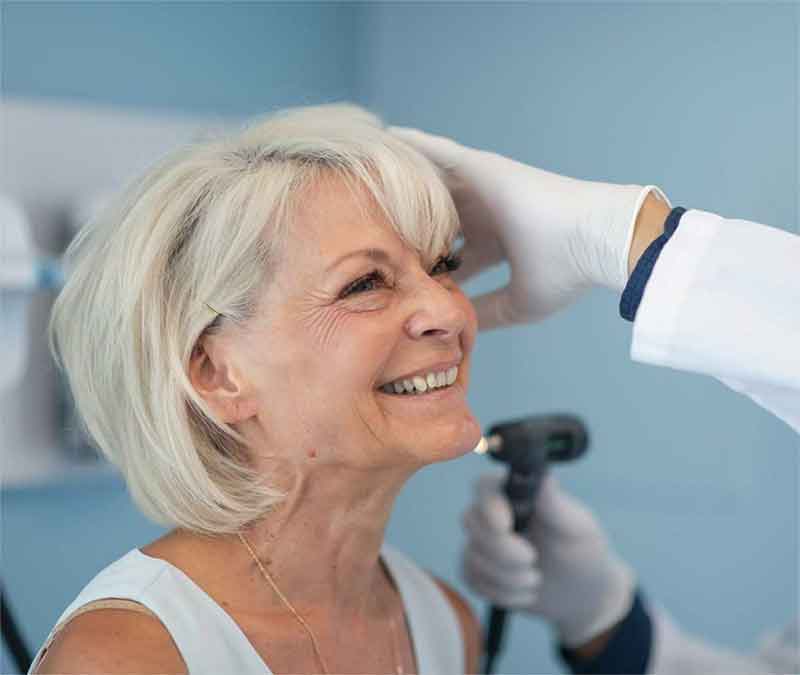Hearing Loss Symptoms
Hearing Loss Symptoms That Often Go Unnoticed
You might think that hearing loss is obvious…you simply can’t hear. But hearing loss can occur so slowly that the first symptoms go unnoticed or are shrugged off.
- Words sound indistinct as if they are muffled
- It’s harder to hear in crowds or when there is background noise
- You find yourself turning up the volume
- You’re avoiding the theater or movies because you can’t hear the softer dialog
- You’ve withdrawn from social settings, especially larger groups or noisier venues
- You’re tired all the time, and you’ve ruled out all the usual reasons
- You tune out colleagues more often
- You’re struggling with basic cognitive functions like memory
If you find yourself showing some of these early symptoms, give us a call to get your hearing tested.
What Causes Hearing Loss?
In some cases, the root cause of hearing loss is relatively straightforward and easy to see. But for the majority of people, identifying a single explanation for hearing loss symptoms can be challenging. For example, various minor issues can interact to produce hearing loss and deafness in unexpected ways.
Sensorineural and Other Types of Hearing Loss
Hearing loss is usually divided into two broad categories.
Conductive hearing loss:
This is a type of hearing loss caused by the formation of an obstruction somewhere along the hearing pathway. For example, the obstruction could be caused by an infection or a non-cancerous growth. In some cases, the obstruction could be something as simple as compacted earwax. In any case, the obstruction blocks sound waves from moving through your ear canal, effectively creating hearing loss.
Sensorineural hearing loss:
Human hearing depends on tiny hair cells in the ears called stereocilia. Normally, these hairs vibrate when exposed to sound waves and transmit that information to the brain. The brain, then, goes about the work of translating those vibrations into understandable sounds. When stereocilia are damaged in humans–usually by noise–they are unable to repair or rejuvenate themselves. This results in permanent, long-term damage to your hearing.
Sensorineural hearing loss has no known cure and is effectively permanent. Conductive hearing loss, however, often clears up when the underlying obstructions are removed. It’s not uncommon for both types of hearing loss to be present in some people.
Why Is Treating Hearing Loss Important?
Hearing aids are a common form of treating hearing loss. That treatment is incredibly important, and for reasons that go well beyond your hearing. Generally speaking, prompt treatment of hearing loss can have the following benefits:
Successful treatment can slow the progression of hearing loss. For example, an individual wearing her hearing aids won’t have to turn the TV volume up so high–and this can prevent further, accelerated noise damage to the ears. There is also evidence that the part of your brain that processes sounds can atrophy if not used. Hearing aids help to re-engage your brain, because you can hear again.
Wearing your hearing aids can help keep you socially involved. This could mean you suffer less from social isolation, a common occurrence in those with hearing loss.
Treatment can lower your risks of developing depression, anxiety, dementia, and related conditions. Hearing loss and any resulting social isolation can often result in higher incidences of mental health problems, such as depression and anxiety. There is significant evidence that suggests untreated hearing loss can also increase your risk of dementia.
Hearing aids can help with tinnitus. Those with hearing loss may also often develop tinnitus, a condition in which you hear a ringing or buzzing in your ears. Treating hearing loss can often help diminish some tinnitus symptoms and many hearing aids have additional features to help with tinnitus.
The Future of Hearing Loss
